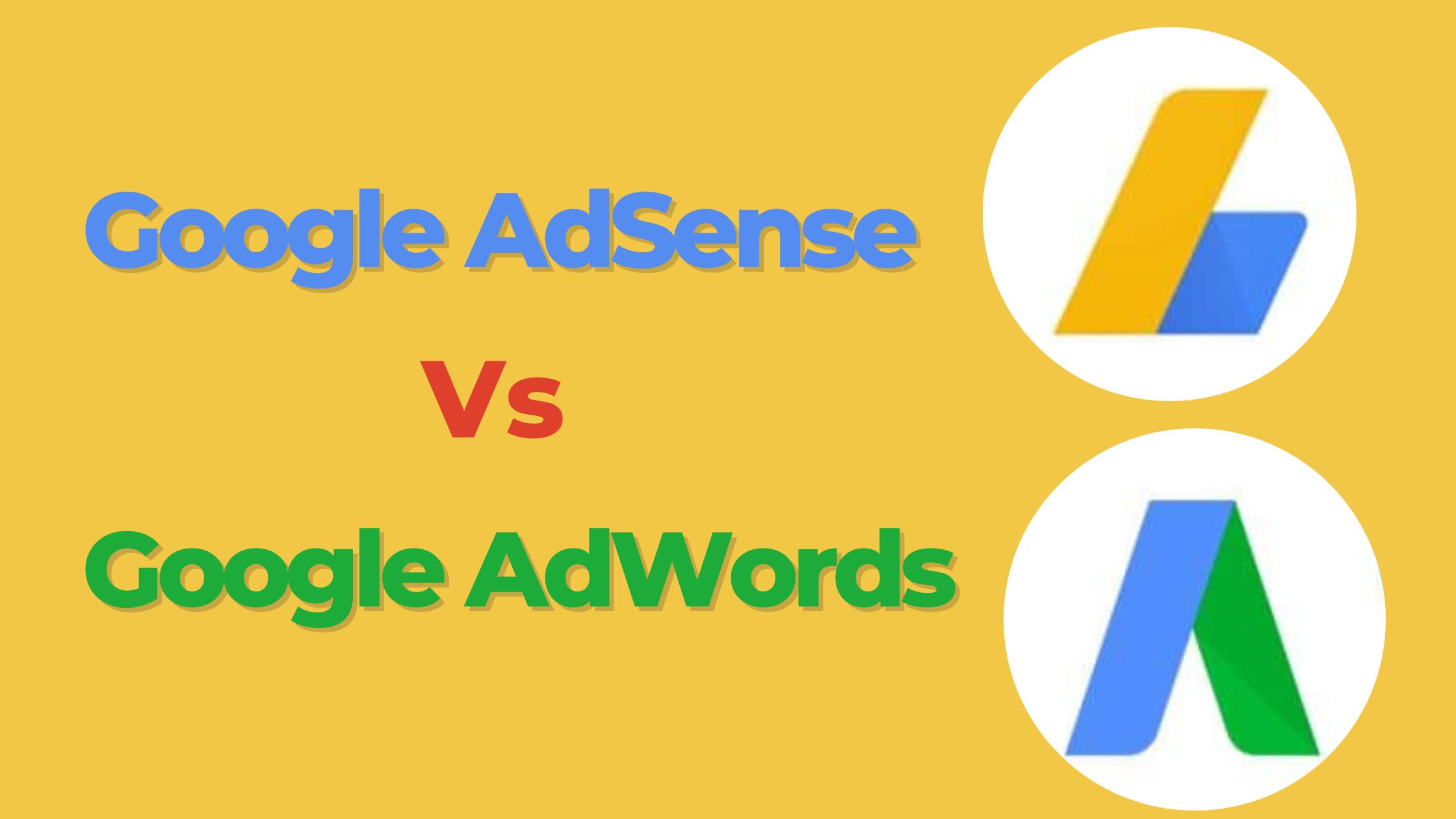In the realm of digital marketing, two names often emerge as central tools for monetization and advertising: AdSense and AdWords both services are provided by Google, yet they serve distinct purposes and are designed for different types of users. This blog post aims to clarify the differences between AdSense and AdWords, helping you decide which platform best suits your needs. “AdSense vs AdWords”.
Understanding AdSense and AdWords
AdSense is a program that enables website owners and content creators to generate revenue by displaying advertisements on their online properties. Google provides these advertisements, which are tailored to the subject matter of each website or content platform as well as the demographic characteristics of each typical audience. Website owners earn a share of the advertising revenue when visitors click through ads displayed on their sites. “AdSense vs AdWords”.
AdWords, now rebranded as Google Ads, is an advertising platform that enables businesses to create and display ads across Google’s vast network, including search results, YouTube, and other partner sites. Advertisers bid on keywords and pay for their ads to appear when users search for those terms, making it a powerful tool for driving targeted traffic to a business’s website. “AdSense vs AdWords”.
Key Differences Between AdSense vs AdWords
1. Purpose and Users
- AdSense is designed for publishers website owners, bloggers, and YouTubers who want to earn money by displaying ads on their content.
- AdWords is intended for advertisers businesses, marketers, and individuals looking to promote their products or services online and attract potential customers.
2. Revenue Generation vs. Advertising Cost
- AdSense generates revenue for publishers. They earn money based on the number of ad impressions or clicks their site generates.
- AdWords incurs a cost for advertisers. They pay for ad placements through a pay-per-click (PPC) or cost-per-impression (CPM) model.
3. Control Over Ads
- AdSense gives less control to publishers over which ads appear on their site. Google’s algorithms determine the most relevant ads based on site content and audience.
- AdWords offers advertisers full control over their ad campaigns, including keyword selection, ad copy, target audience, and budget.
Benefits of Using AdSense
- Monetizing Content: AdSense is a straightforward way for content creators to earn passive income by simply adding a code to their website. It’s an excellent option for bloggers, news sites, or any content-rich platform.
- No Selling Required: Unlike affiliate marketing, where the earnings depend on sales, AdSense generates revenue through ad impressions and clicks, making it easier to earn money without needing to sell products directly. “AdSense vs AdWords”.
- Ease of Use: Setting up AdSense is relatively easy, and Google provides comprehensive analytics to help publishers track performance and optimize their earnings. “AdSense vs AdWords”.
Advantages of AdWords for Advertisers
- Targeted Advertising: AdWords allows advertisers to target specific demographics, locations, and even times of the day. This precision ensures that ads reach the most relevant audience.
- Measurable Results: With AdWords, advertisers can track the performance of their campaigns in real-time. Metrics such as click-through rates (CTR), conversion rates, and return on investment (ROI) are readily available, enabling data-driven decisions. “AdSense vs AdWords”.
- Flexibility and Control: AdWords offers extensive control over advertising budgets and strategies. Advertisers can start or stop campaigns at any time, adjust bids, and refine keywords to maximize effectiveness. “AdSense vs AdWords”.
Conclusion
Google AdSense and AdWords, while serving distinct functions, complement one another within digital marketing. AdSense represents an effortless monetization solution for publishers seeking to generate revenue from their content. Meanwhile, AdWords is a powerful traffic generation instrument for businesses aiming to achieve measurable advertising success through targeted outreach. Gaining clarity on the unique attributes and values of each option can help users optimize utilization of these technologies to advance defined online objectives.

